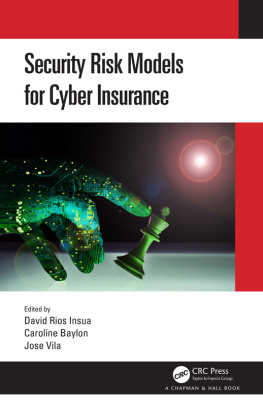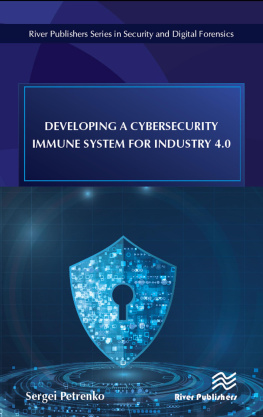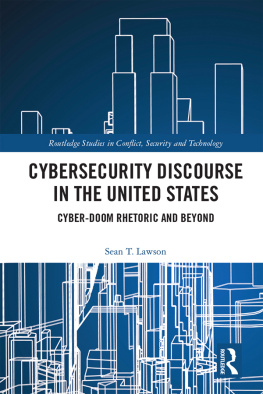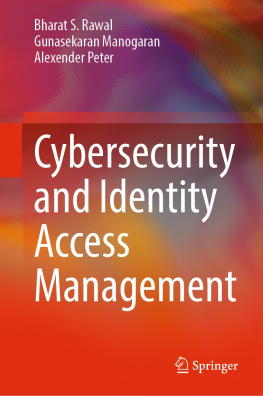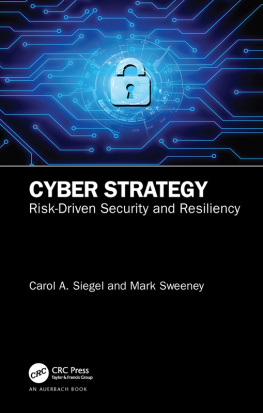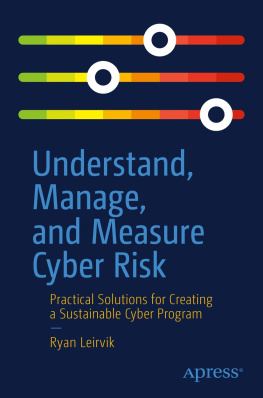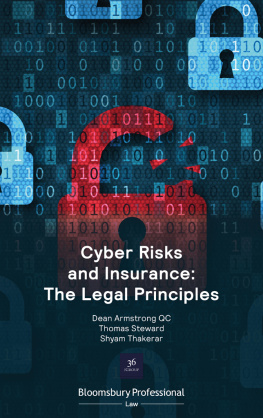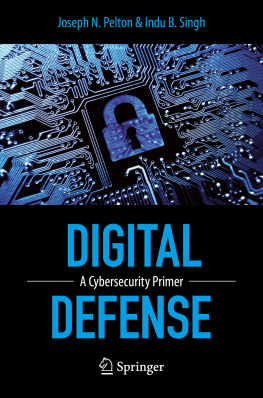Caroline Baylon - Security Risk Models for Cyber Insurance
Here you can read online Caroline Baylon - Security Risk Models for Cyber Insurance full text of the book (entire story) in english for free. Download pdf and epub, get meaning, cover and reviews about this ebook. City: Boca Raton, year: 2020, publisher: CRC Press/Chapman & Hall, genre: Computer / Science. Description of the work, (preface) as well as reviews are available. Best literature library LitArk.com created for fans of good reading and offers a wide selection of genres:
Romance novel
Science fiction
Adventure
Detective
Science
History
Home and family
Prose
Art
Politics
Computer
Non-fiction
Religion
Business
Children
Humor
Choose a favorite category and find really read worthwhile books. Enjoy immersion in the world of imagination, feel the emotions of the characters or learn something new for yourself, make an fascinating discovery.
- Book:Security Risk Models for Cyber Insurance
- Author:
- Publisher:CRC Press/Chapman & Hall
- Genre:
- Year:2020
- City:Boca Raton
- Rating:4 / 5
- Favourites:Add to favourites
- Your mark:
Security Risk Models for Cyber Insurance: summary, description and annotation
We offer to read an annotation, description, summary or preface (depends on what the author of the book "Security Risk Models for Cyber Insurance" wrote himself). If you haven't found the necessary information about the book — write in the comments, we will try to find it.
Tackling the cybersecurity challenge is a matter of survival for society at large. Cyber attacks are rapidly increasing in sophistication and magnitudeand in their destructive potential. New threats emerge regularly, the last few years having seen a ransomware boom and distributed denial-of-service attacks leveraging the Internet of Things.
For organisations, the use of cybersecurity risk management is essential in order to manage these threats. Yet current frameworks have drawbacks which can lead to the suboptimal allocation of cybersecurity resources. Cyber insurance has been touted as part of the solution based on the idea that insurers can incentivize companies to improve their cybersecurity by offering premium discounts but cyber insurance levels remain limited. This is because companies have difficulty determining which cyber insurance products to purchase, and insurance companies struggle to accurately assess cyber risk and thus develop cyber insurance products.
To deal with these challenges, this volume presents new models for cybersecurity risk management, partly based on the use of cyber insurance. It contains:
- A set of mathematical models for cybersecurity risk management, including (i) a model to assist companies in determining their optimal budget allocation between security products and cyber insurance and (ii) a model to assist insurers in designing cyber insurance products.
- The models use adversarial risk analysis to account for the behavior of threat actors (as well as the behavior of companies and insurers).
- To inform these models, we draw on psychological and behavioural economics studies of decision-making by individuals regarding cybersecurity and cyber insurance.
- We also draw on organizational decision-making studies involving cybersecurity and cyber insurance.
Its theoretical and methodological findings will appeal to researchers across a wide range of cybersecurity-related disciplines including risk and decision analysis, analytics, technology management, actuarial sciences, behavioural sciences, and economics. The practical findings will help cybersecurity professionals and insurers enhance cybersecurity and cyber insurance, thus benefiting society as a whole.
This book grew out of a two-year European Union-funded project under Horizons 2020, called CYBECO (Supporting Cyber Insurance from a Behavioral Choice Perspective).
Caroline Baylon: author's other books
Who wrote Security Risk Models for Cyber Insurance? Find out the surname, the name of the author of the book and a list of all author's works by series.

